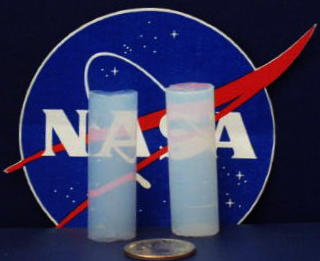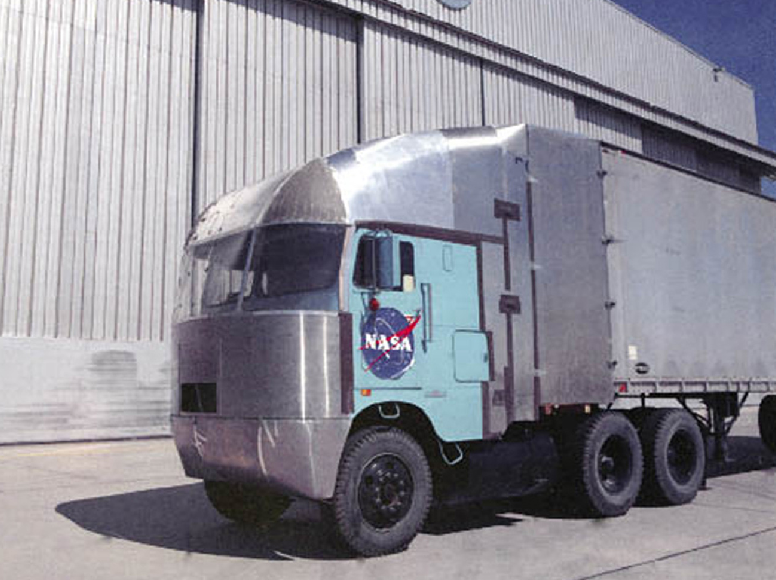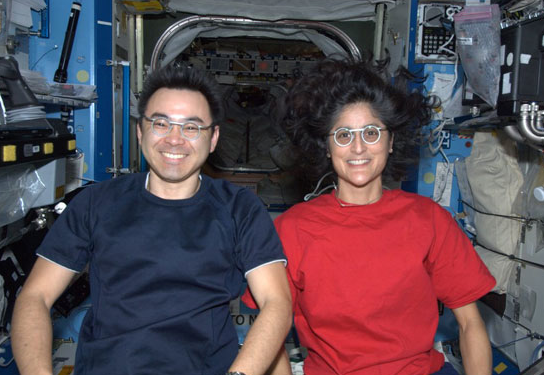Since 1976, over 1,600 documented NASA technologies have worked their way into everyday life, creating jobs and improving the quality of life in the United States. The Space Shuttle Program, which was the United States government's manned launch vehicle program from 1981 to 2011, has generated at least 120 technology spinoffs that many Americans rely on every day.
Unexpected Discoveries
Among the most outstanding spinoffs developed from the Space Shuttle Program are life-saving medical innovations, energy-conserving insulation and design elements, and protective eyewear.
Some of the most important discoveries were advances in medical technology, such as the creation of heart pumps. The lives of more than 200 people were saved with tiny heart pumps developed from space shuttle fuel pump technology. The miniaturized ventricular assist pumps were a result of collaboration between doctors and NASA engineers. The pumps are one inch in diameter, weighing less than four ounces, and have kept hundreds of patients alive as they waited for transplants.

NASA's artificial heart pump. Image via nasa.gov.
One of the shuttle's most flexible spinoffs is NASA's form of aerogel, the world's lightest solid and one of the most effective insulators, that was used to keep liquid hydrogen fuel for the shuttle below -253 degrees C. Now aerogel is used to protect homes and industrial equipment, warm the feet of mountain climbers, and treat painful circulatory disorders.

NASA's aerogel. Image via nasa.gov.
Research on aerodynamics led to truck design improvements that can save thousands of gallons of gas per vehicle each year. Researchers studying the aerodynamics of the space shuttle conducted tests to refine the shape of trucks to reduce aerodynamic drag and improved efficiency. They designed the space shuttle to alter the shape of large vehicles by rounding corners and edges and adding fixtures to improve aerodynamic efficiency. This led to improved gas mileage. Along with this, NASA engineers also discovered that adding small tabs to the back of a truck smoothed air flow around the vehicle and reduced drag. Evidence of this technology is seen on all tractor-trailers and recreational vehicles on the highway today.

NASA truck. Image via nasa.gov.
Surprisingly, one of the most popular spinoffs from the Space Shuttle Program is stylish eyewear. Over the years, NASA-derived advances in eyewear have remained fashionable spinoff technologies. One of these technologies, a titanium frame for glasses, is now widely available to consumers. The frames are light-weight, hinge-free and screw-free, and are available in both corrective and sunglass models. These frames and protective lenses were originally created to protect astronauts against ultraviolet radiation and harmful infrared radiation in space.

NASA eyewear. Image via nasa.gov.
The Future
Through these technologies and hundreds of others, the Space Shuttle Program will benefit the United States in many ways for years to come. These technologies have saved tens of thousands of lives, created thousands of jobs, reduced billions of dollars in costs, and generated over a billion dollars in revenue.
To learn more, and to read about other NASA technology spinoffs, download the research paper below.
Advertisement
Learn more about Nasa





